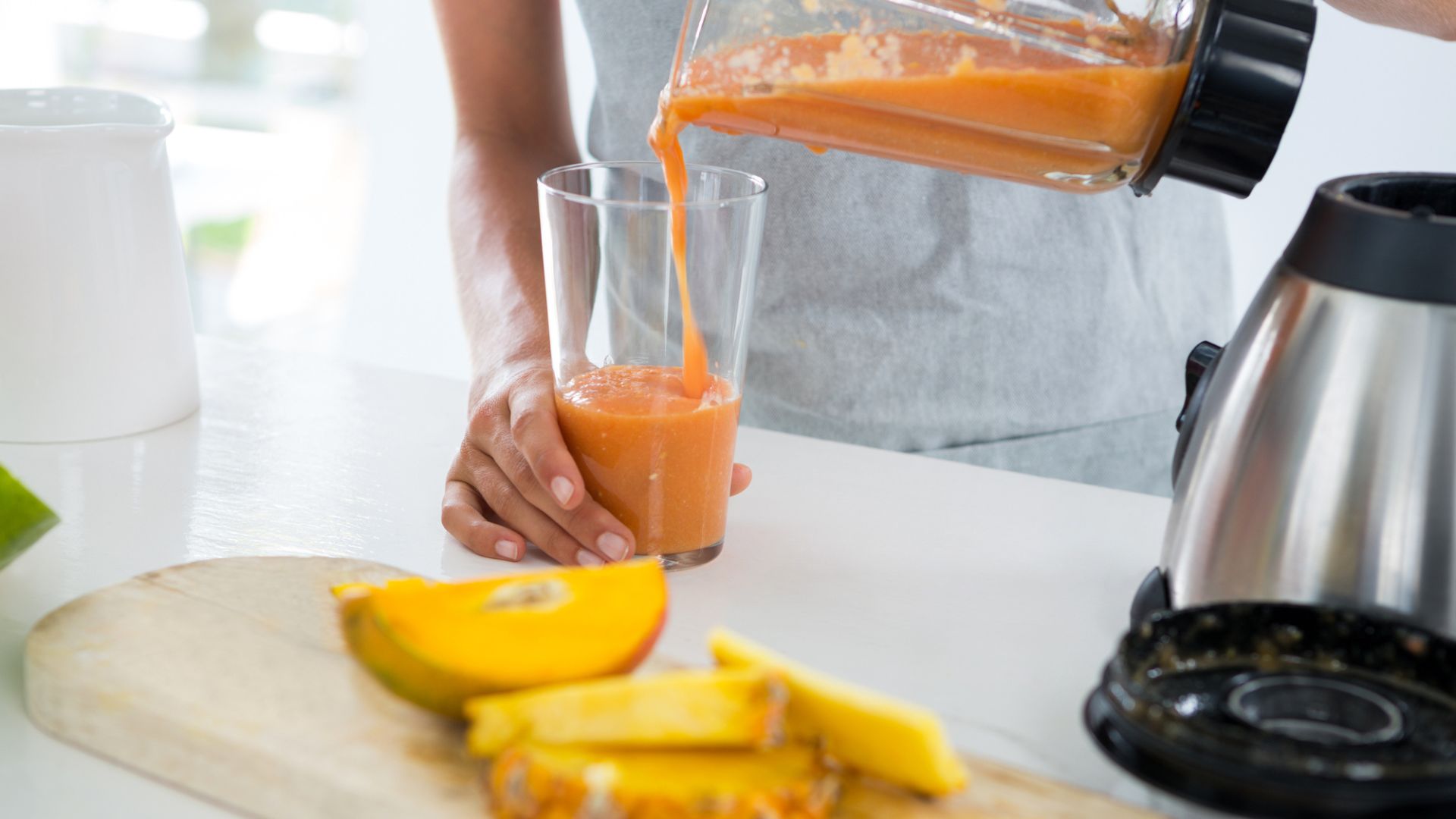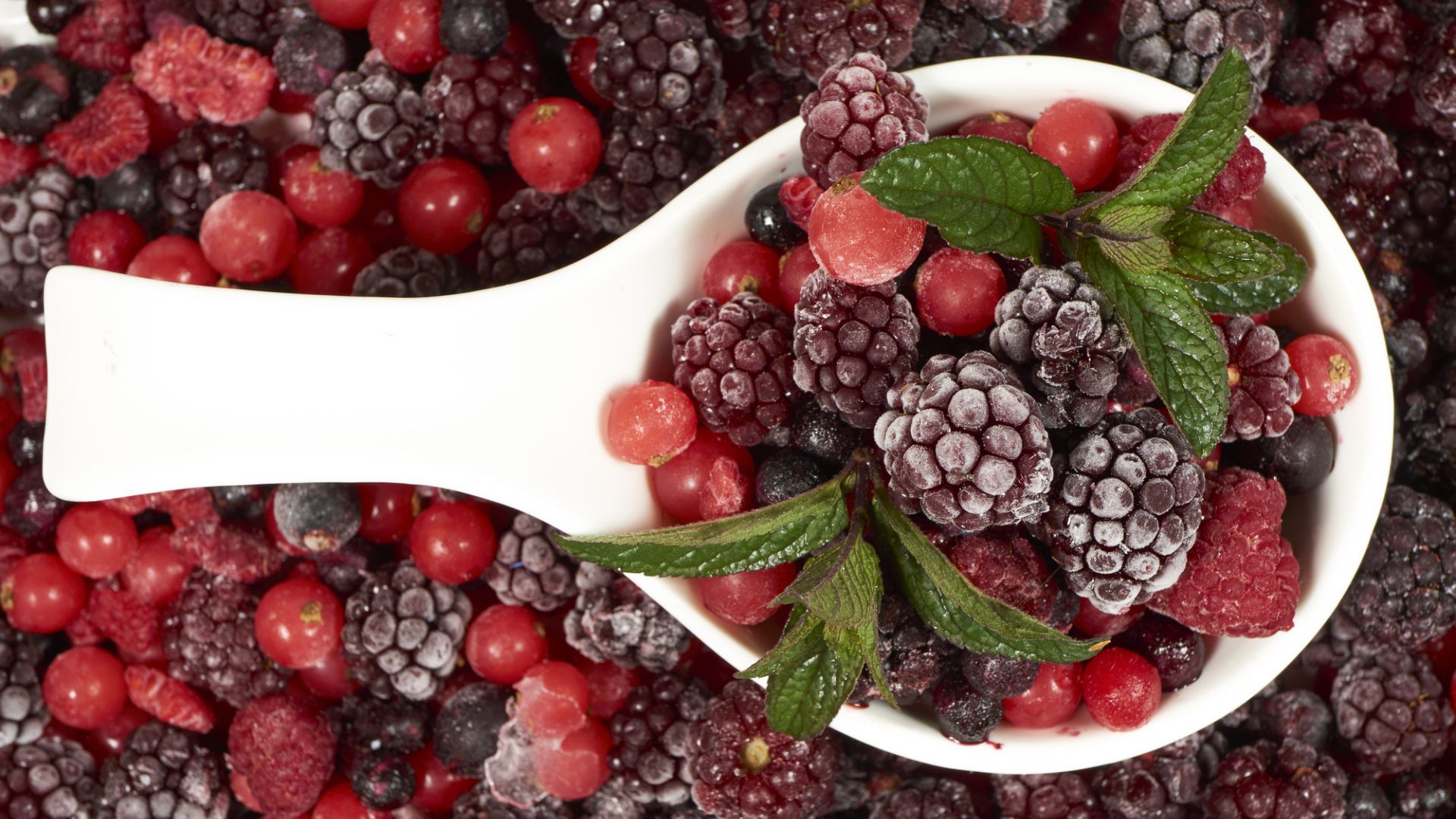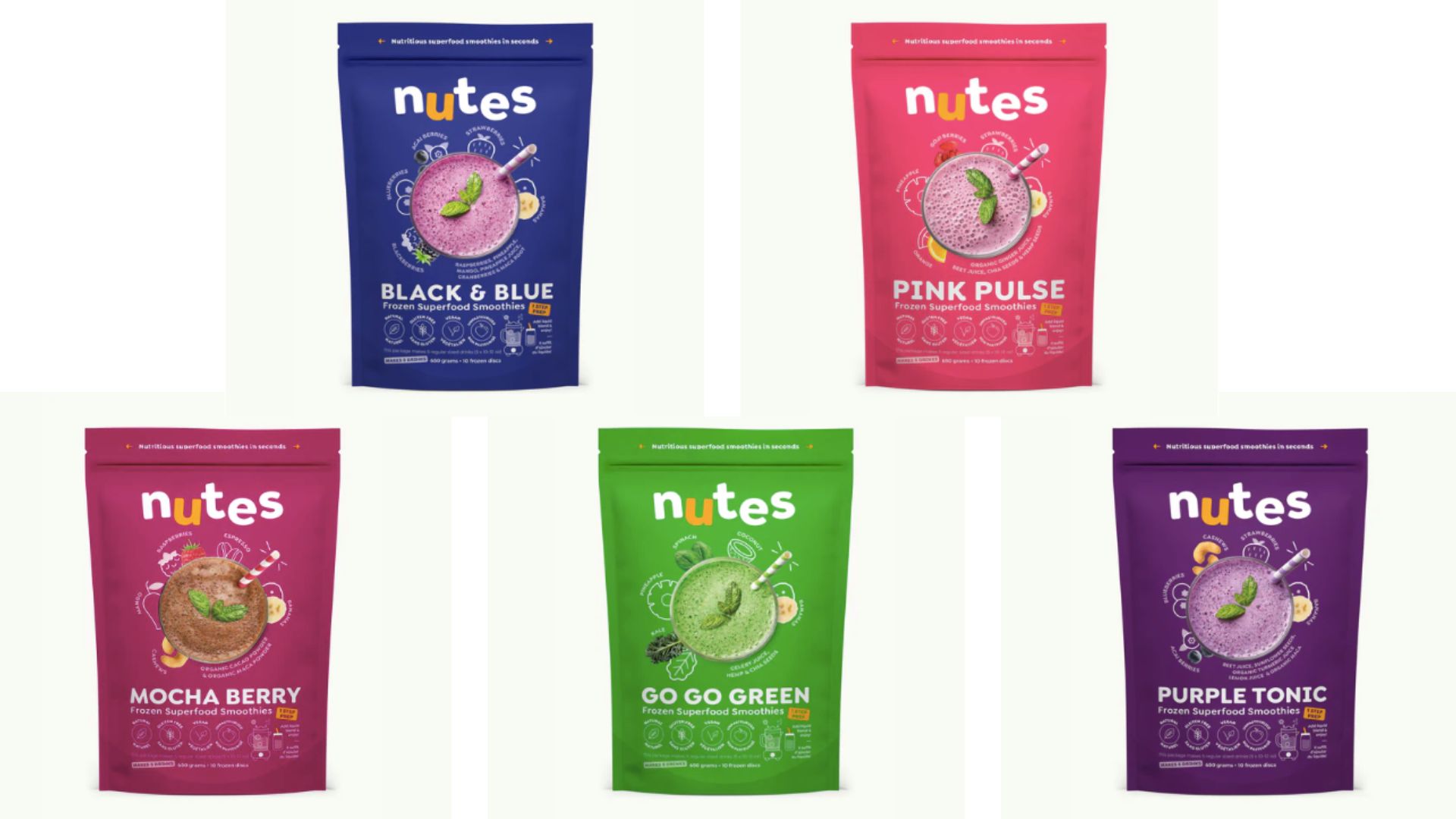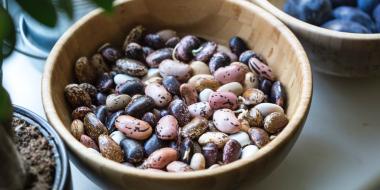The popularity of processed foods seems to be waning as more consumers than ever are hitting grocery aisles in search of healthier options. But even armed with the best intentions to feed our families well, marketing gimmicks and misleading labels can make it hard to distinguish fact from fiction. What makes an ingredient truly “healthy,” and what unique benefits can raw whole foods offer?
Trending: The Return of “Plant-Based” Ingredients
When we think of “plant-based,” many of us envision simple ingredient lists made up of fresh, raw whole foods we could find right in nature. Unfortunately, that’s not always easy to find amongst today’s market of ultra-processed vegan foods. But according to Whole Foods Market’s top Food Trends For 2024, demands to put the “plant” back in plant-based eating are on the rise. This aligns with the rising popularity of the ancestral diet (which emphasizes whole, unprocessed foods), the raw food movement, and growing desires to move away from long “factory food" and “food science” ingredient names we can barely pronounce.
What’s Wrong with the Standard American Diet (SAD)?
While some foods get a bad rap due to junk science or health myths, the case against ultra-processed foods is a strong one, backed by decades of ongoing research. Ask many a functional medicine doctor, and they’ll likely tell you that from a holistic standpoint, a good majority of our modern health woes can be traced back to the Standard American Diet (SAD), in which over half of our daily calories come from processed sources (and that’s an estimate on the conservative side). Much of this diet revolves around convenience—North America is considered the birthplace of the fast food industry, after all—but that convenience can come at the high cost of our health.

Processed foods tend to be nutritionally depleted and full of “empty” calories that satisfy taste buds in the moment, yet leave us unsatiated. If you’ve ever experienced an energy crash following a carb-heavy meal or found yourself raiding the pantry in search of another late-night snack, you know firsthand how these foods can drive a vicious cycle of cravings and exhaustion.
The body knows when it’s being short-changed on nutrition, so it’s unsurprising that SAD has been linked to a plethora of modern health issues. “Grazing” on empty calories or foods with a high-glycemic index is associated with an alarming rise in metabolic syndrome (insulin resistance), and this alone has been linked to everything from diabetes to a laundry list of chronic diseases and shorter life expectancy.
“Let food be thy medicine.”–Hippocrates
Food may be the problem, but it can also be the solution. In functional medicine, a healthy diet of whole foods, such as those found in ancestral diets across the world, is viewed as a cornerstone of wellness. When left as close as possible to their natural state, these foods offer endless health benefits, including better weight management, a reduced risk of diabetes and heart disease, improved immunity, and longer life expectancy. . . and that’s just to name a few.
The Pasteurization Problem
But even when health-conscious consumers know to look past pretty packaging and “read the label” as we’re so often advised, North America’s pesky reliance on processing still has a way of sneaking in, hidden in plain sight as “pasteurized” ingredients. It’s important to note that in industrialized food chains like ours, the term "processed" is nearly always synonymous with pasteurized. This isn’t common enough knowledge, in large part due to big food corporations compromising our ability to make well-informed and ethical decisions about how we spend our dollars.

In short, pasteurization involves heating foods to remove unwanted microorganisms and extend product shelf life. But much like an antibiotic treatment in the human body, pasteurization wipes out the bad and the good, ultimately creating foods that have been stripped of their full nutritional value.
While some pasteurization methods are less destructive than others, all pasteurization destroys the bulk of delicate phytonutrients, and all microbes and enzymes that are essential for a balanced gut microbiome. Phytonutrients, for instance, are known for their antioxidant and anti-inflammatory properties, and digestive enzymes help the body break down food and absorb nutrients.
Making Progress
While advocates have spent decades pushing regulatory bodies to normalize more raw whole food options in North America, progress hasn’t come easily. Currently, it’s more difficult for a raw-ingredient-based food company to qualify for food safety certification and, unlike Europe, there’s less general awareness and support around unpasteurized food benefits–and the pitfalls of pasteurization–to begin with.
Closer to home, however, Quebec’s successful push for the use of raw milk in certain products has overjoyed many cheese connoisseurs; according to the Institute of Culinary Education, unpasteurized cheeses can evoke “both seasonality and sense of place, where flavours in the milk can reflect what animals might have been grazing on.” Talk about tapping into an ancestral diet!
Will the Real “Whole Food” Please Stand Up?
Unfortunately, labelling requirements throughout North America tend to favour blurry terminology, to the point that many products labelled as “natural” or “made from whole food" actually include a slew of processed and pasteurized ingredients. Under most current regulations, for example, a mango puree that’s undergone aseptic pasteurization can be labelled the same as its raw, fresh-frozen counterpart.

Aseptic pasteurized fruit and vegetable purees are today’s industry standard: these are liquids derived from “real” fruits and vegetables that are heated and altered to sit on a shelf for years without rotting. This is just one example of how modern foods are processed. Let’s take a look at a few more:
Using extracts, protein powders, and supplement powders: These are concentrated forms of specific nutritional components–such as vitamins, minerals, or bioactive compounds–that are pulled from natural sources. Green powders, for instance, offer nutrition derived from plants. While these options do offer convenience, it’s important to remember that they are truly meant to “supplement” a balanced diet. Certain components of raw whole foods, such as macronutrients and their naturally-occurring (optimal) nutrient ratios, can’t be fully preserved after processing. This is why most dieticians consider whole foods to be “the gold standard.”
Freezing methods: This is an essential part of prolonging product shelf life, but not all methods are created equal. Using Traditional Slow Freezing (TSF), large ice crystals are allowed to form. This damages plant cells and compromises nutrition, texture, colour, and flavour. Freezer burn is also more likely to occur, which leeches out moisture and reduces overall food quality.

In contrast, Individual Quick Freezing (IQF) avoids the formation of large ice crystals and better preserves the cellular structure of plants. This prevents freezer burn and helps retain food texture, colour, and flavour. Importantly, IQF is also able to retain those vital phytonutrients and "living" microbes and enzymes, all while minimizing the risk of harmful bacterial contaminants and providing more uniform results than TSF in the dethawing process. Returning to our earlier example, a recent study examined mangoes at different ripening stages to see how TSF and IQF compare. Sure enough, IQF was found to conserve higher amounts of macro and micronutrients than TSF. The IQF mango cubes also showed higher antioxidant values, and presented more uniform results than TSF in the dethawing process.
Flavour and Convenience, without the Compromise
While an ideal vision for healthy eating may be to consume only freshly prepared, whole-food meals, the reality of busy and stressful modern lifestyles (especially when you’re a parent) necessitates innovative “convenient” solutions that can still check all the boxes: quick, flavourful, and nourishing.

Nutes Frozen Superfood Smoothies stand out as a rare example of packaged convenience foods that maintain the same nutritional value as made-from-scratch superfood smoothies. Unpasteurized and made with raw bioactive plant ingredients, Nutes’ smoothies arrest the degradation of live enzymes and microbes to offer nothing but good-for-your-gut nutrients in every single cup. Nutes’ 1-step prep, pre-portioned pucks are complete on their own or modifiable with added liquids or other ingredients. Simply add your liquid of choice, blend, and enjoy at home or on-the-go!
Embracing more whole, unprocessed foods can be a transformative step in the right direction for your entire family’s health journey. And that’s the raw truth.







